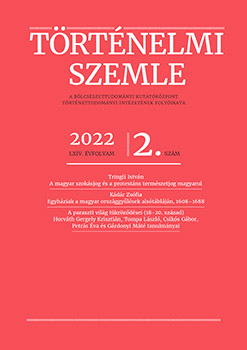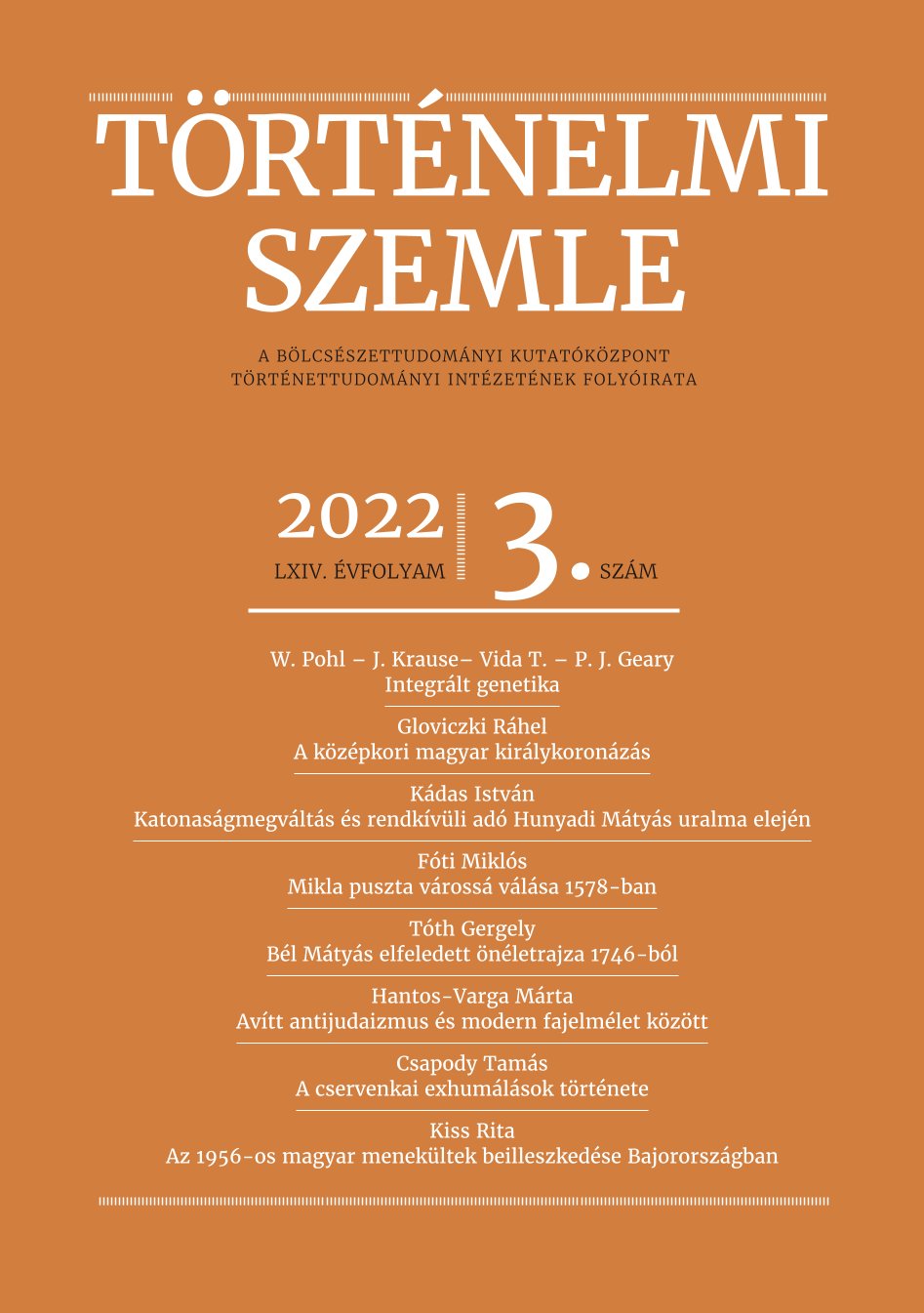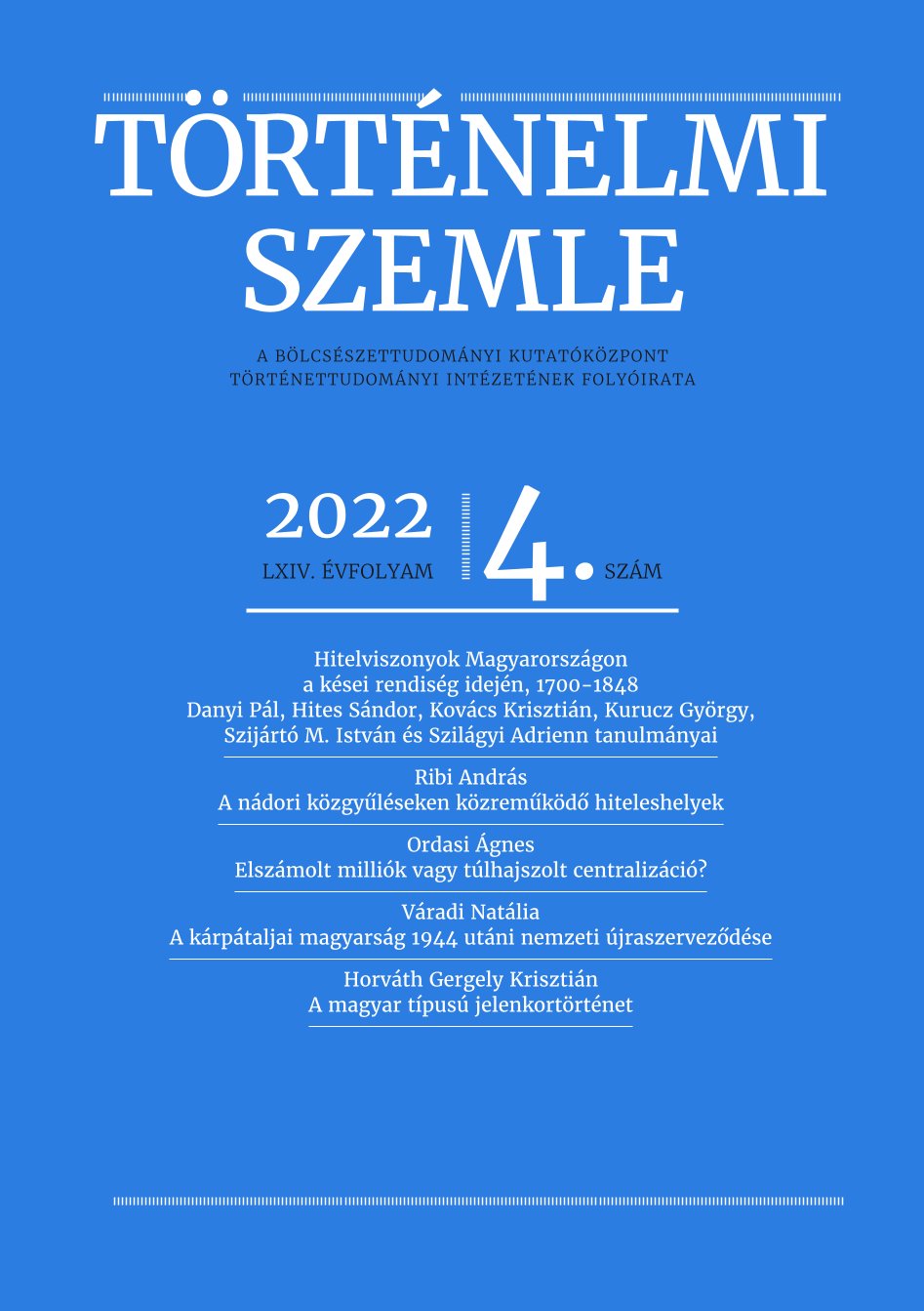Az 5–9. századi Kelet-Közép-Európa integratív archaeogenetikai, régészeti és történeti vizsgálata, Kr. u. 400–900.
Author(s): Walter Pohl,Johannes Krause,Tivadar Vida,Patrick J. Geary / Language(s): Hungarian
/ Issue: 3/2022
Keywords: ancient DNA; isotopes; Late Antique-Early Medieval population; Carpathian Basin; HistoGenes
Few parts of Europe witnessed so many population shifts in a few centuries as the Carpathian Basin in 400–900 AD. In this macro-region along the middle Danube, Pannonians, Romans, Goths, Gepids, Longobards, Avars, Bulgars, Slavs, Franks and many others came and went. This is an intriguing test case for the relationship between ethnic identities constructed in texts, cultural habitus attested in the archaeological record, and genetic profiles that can now be analysed through ancient DNA. What was the impact of migrations and mobility on the population of the East-Central Europe? Was the late antique population replaced, did it mix with the newcomers, or did its descendants only adopt new cultural styles? To what degree did biological distinctions correspond to the cultural boundaries and/or ethnonyms in the texts? If pursued with methodological caution, this case study will have implications beyond the field. HistoGenes will analyse c. 6,000 samples from graves with cutting edge scientific methods, and contextualize the interpretation of these data in their archaeological and historical setting. The rapid progress of aDNA analysis and of bio-informatics now make such an enterprise viable. However, the methods of historical interpretation have not kept pace. HistoGenes will, for the first time, unite historians, archaeologists, geneticist, anthropologists, and specialists in bio informatics, isotope analysis and other scientific methods. A wide range of particular historical questions will be addressed from an interdisciplinary perspective, and fundamental theoretical and methodological issues can be explored. HistoGenes will not only advance our knowledge about a key period in European history, but also establish new standards for the historical interpretation of genetic data. The six-year HistoGenes Synergy Grant was launched on May 1, 2020.
More...



